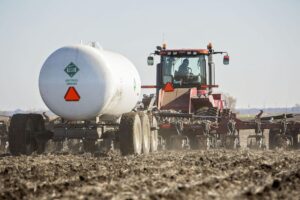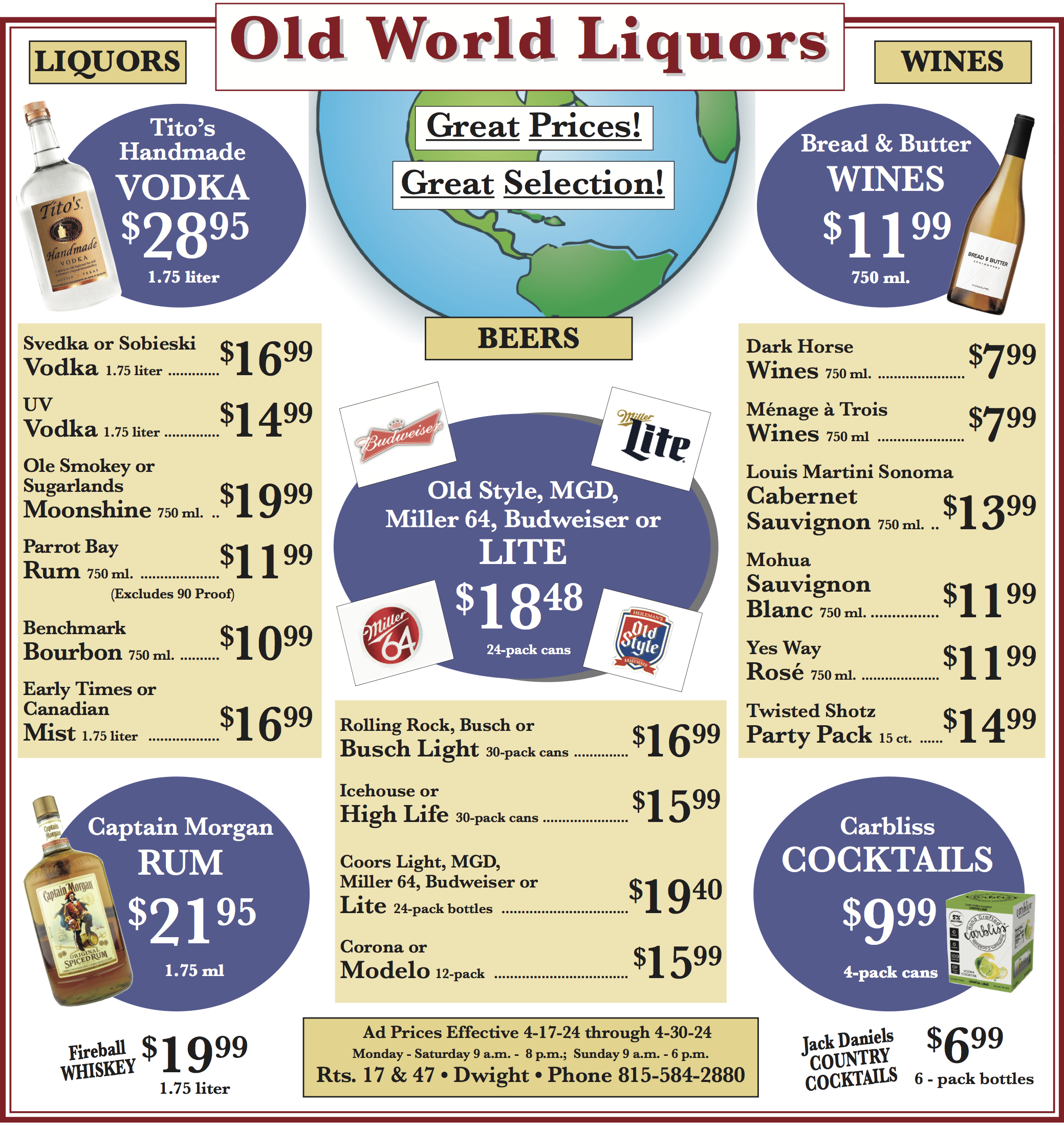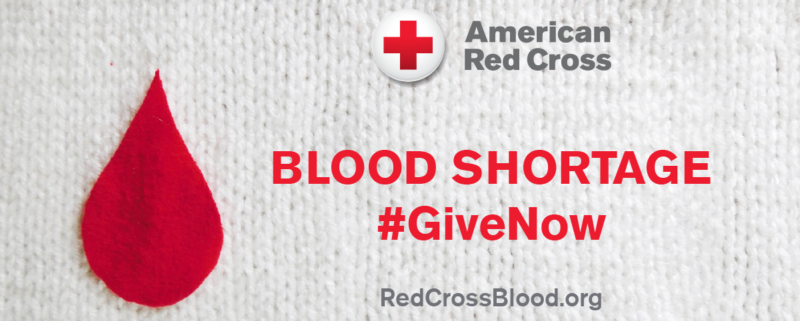 Fertilizer demand expected to grow this year
Fertilizer demand expected to grow this year
By DANIEL GRANT
FarmWeek
The supply of fertilizer is improving around the world following shocks to the system last year.
And the timing of the buildup is critical as fertilizer demand is expected to grow this season, according to BK Morris, senior markets editor, fertilizers, for CRU Group.
“The driver for prices will be from demand, not so much from supply,” Morris told attendees of the Illinois Fertilizer and Chemical Association’s annual convention in Peoria.
Fertilizer prices, of course, skyrocketed to historical highs last year as the war in Ukraine and a reduction of Chinese phosphate exports crippled the supply chain, along with numerous other factors.
Morris looks for Russia to export around 2 million tons of nitrogen fertilizer this year, up from just 800,000 tons in 2022. He also looks for increased fertilizer exports from China, Morocco and Saudi Arabia, among other locations into the global market, which should ease the overall supply strain experienced last year.
Elsewhere, new urea production is coming online in Nigeria.
“A lot of countries are getting production back out in the global supply chain,” Morris said.
“Fertilizer affordability is improving,” he noted. “But reluctance to pay high prices remains.”
Morris believes fertilizer prices will generally soften this year compared to last year, although high-priced inventory at some locations is slowing the process. But price spikes are still expected to occur during the peak seasons this spring and fall, but likely nowhere near the same levels experienced in 2022.
“Given where prices have been, there’s a lot of room to go down,” he said. “There’s nothing to stop people from going back to normal production rates.”
Morris believes tight crop supplies and strong prices will incentivize farmers in the U.S., South America and elsewhere to plant more acres and try to maximize yields.
CRU projects U.S. farmers could plant around 92.5 million acres of corn this spring, up from just 88.5 million in 2022. Soybean plantings this season could be similar to last year – 87.4 million acres.
If realized, the boost in corn acres along with an 11% increase in winter wheat seedings could drive fertilizer demand.
“There’s going to be a lot of crop production,” Morris said. “We will see lower (fertilizer) prices, although there will be peak periods. Of all products, nitrogen has the most downside potential this year.”
Fertilizer prices in Illinois as of mid-January were steady for anhydrous ammonia (at a range of $1,190 to $1,490 per ton) and urea (at an average of $710), according to the Illinois Production Cost Report.
Average prices in the state declined from the previous two weeks for liquid nitrogen (to $614 per ton), diammonium phosphate ($831), monoammonium phosphate ($852) and potash ($714).
This story was distributed through a cooperative project between Illinois Farm Bureau and the Illinois Press Association. For more food and farming news, visit FarmWeekNow.com.
**Editor’s Note: If you find the story above of value, consider clicking one of the Google ads embedded in the story. It costs you nothing but Google will give the website owner a few cents.





























